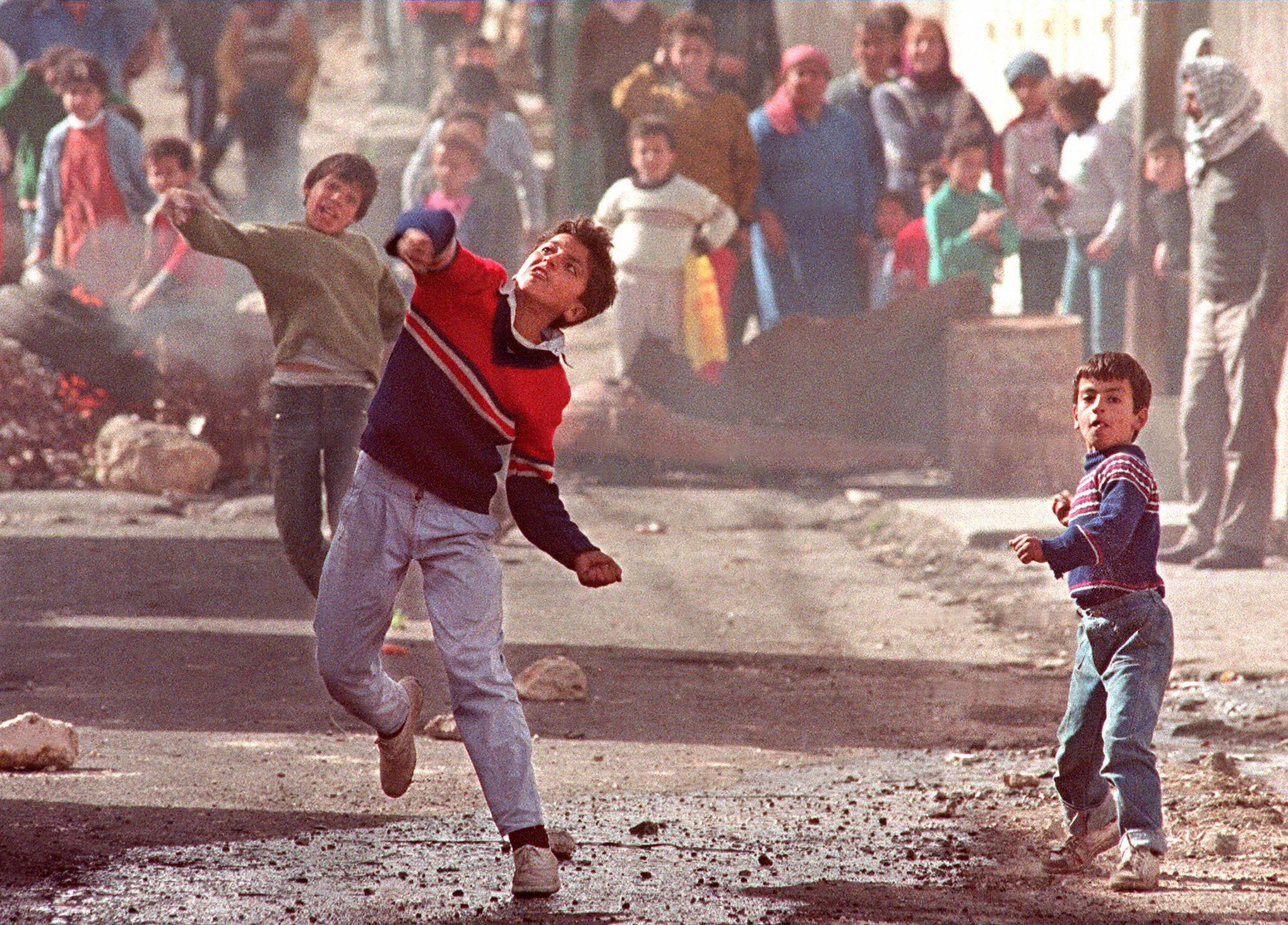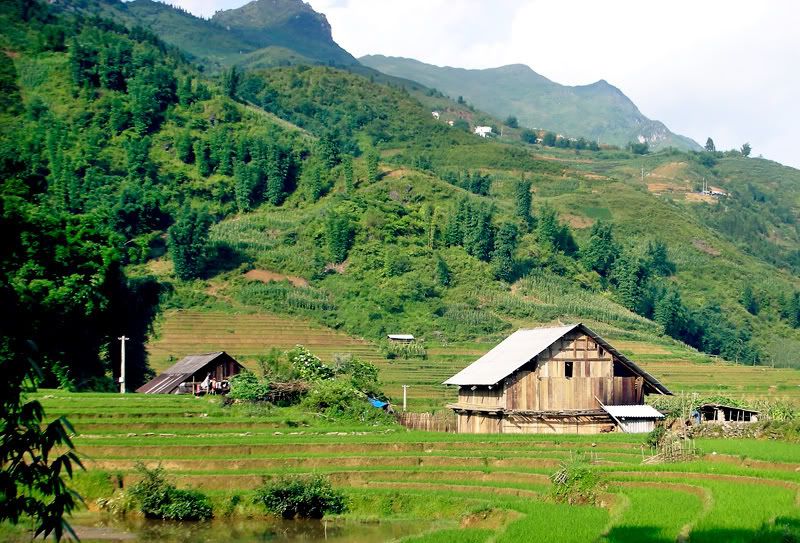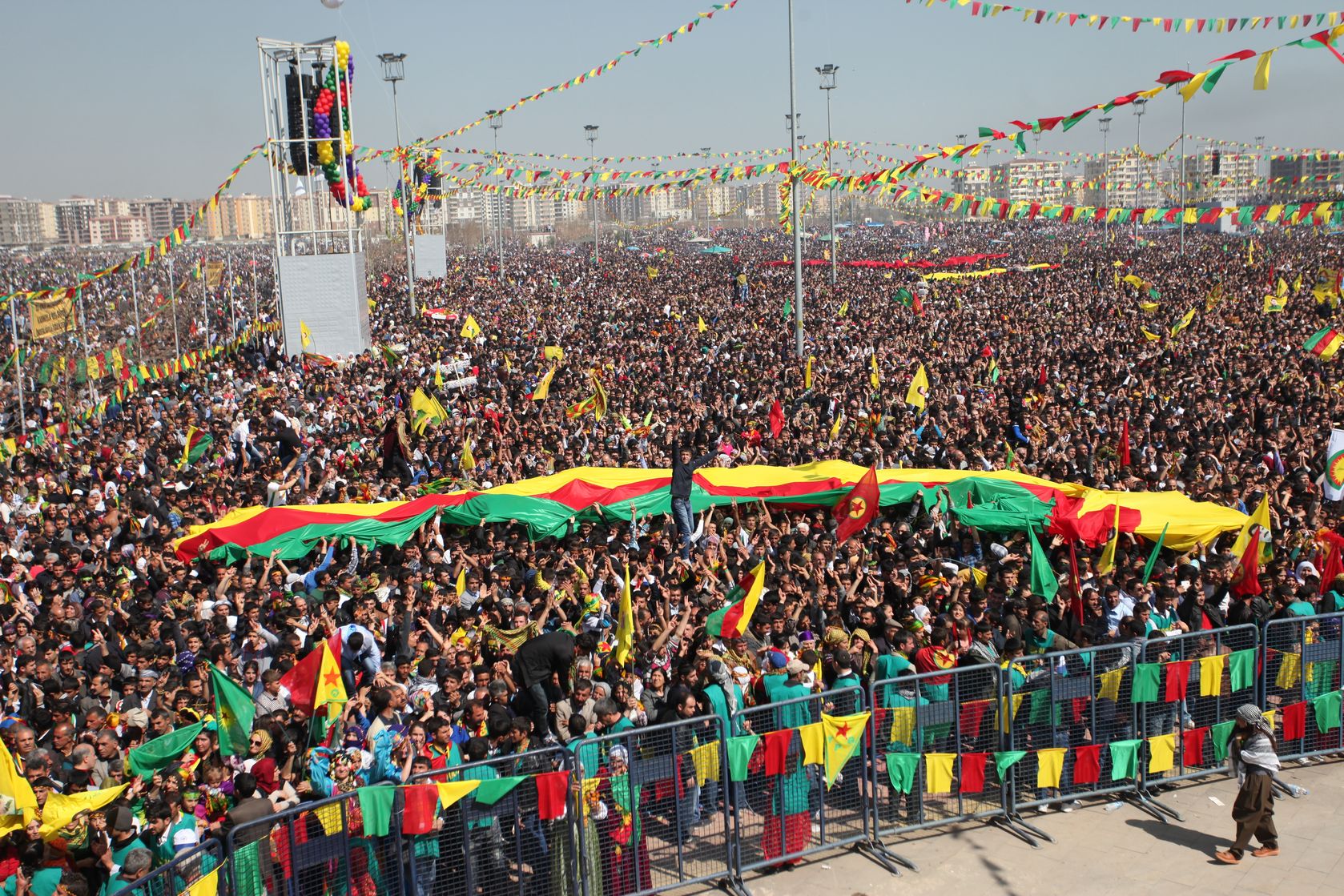The United States and Israel, at the
first glance, are two countries with vast differences in size, geography, cultures,
etc. The role and place each country plays in international system bear
little resemblance to one another. Yet, a closer look reveals that these two
powers may not be that different; there is one thing both countries share in
common: each country’s emphasis on its own exceptionalism.
Over the last centuries, America has
been described as “the empire
of liberty” or the “shining
city on the hill.” In the past, America has always prided itself on being
the leader of the free world whereas European powers were still using colonial
methods to control other nations. This perception cultivates in America a sense
of higher moral ground than its European counterparts. As a country once
colonized by outside powers, the United States has viewed itself as more
virtuous, more restrained, more just. However, there were differences between
American actions and speeches. While lauding the sovereign integrity of other
countries, the United States blatantly followed the “Manifest Destiny” doctrine,
an imperialist program to expand the country by arms, if necessary. American
exceptionalism also has its own flaws. While this mentality makes America a
unique nation, it also creates a self-congratulatory image for America and
makes it harder for American policy-makers to understand why other states are
less enthusiastic about American dominance or irritated by American hypocrisy.
Israel, since its founding, has viewed
itself as a small nation perpetually entangled in an unprecedented conflict
with its neighbors. In a speech Ben-Gurion delivered to Israeli youths, he
merged the theme of Israel’s moral exceptionalism and its national security
exceptionalism: “Our survival secret during thousands of years…has one source:
Our supreme quality, our intellectual and moral advantage, which singles us out
even today, as it did throughout the generations.”[1] Israeli exceptionalism has
been a powerful narrative to form a cohesive front at home and confront the
threats from abroad. But while helping to unite the Israeli nation, the
exceptionalism mentality creates an image of “a lone wolf” in Israel. There has
always been this perception of Israel fighting against the world, and this kind
of mindset has led to Israel’s illegal occupation in defiance of international
law. Believing that its problems are unique, Israel demands “unique solutions”
rather than the commonly accepted answers. Israel’s perceived destiny to “dwell
in loneliness” helps partly explain why Israel has not been active in formulating
regionalism initiative.
Exceptionalism is a source of pride
for both countries. Each country’s belief in its uniqueness has solidified its
national power. But this “city on a hill” syndrome can easily lead to the moral
exoneration in both countries and the failure to comprehend their foes’
motivations.












.jpg)

